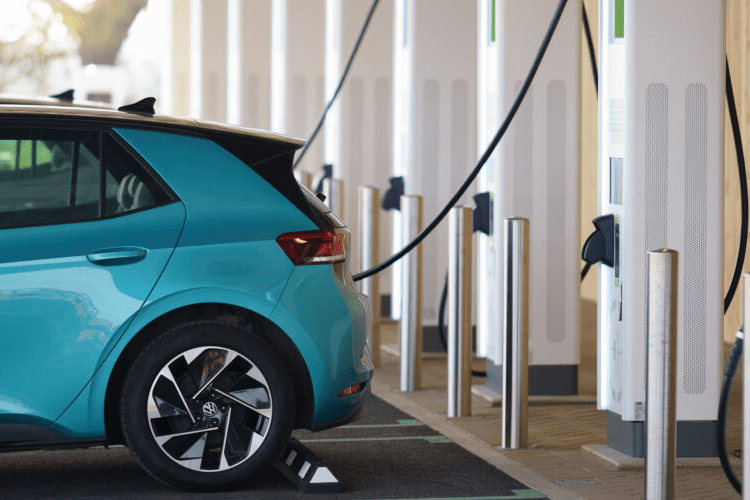UK government approves latest charging infrastructure rules
British MPs now approved a resolution, making comparing prices at public EV chargers across the country easier. Charge point operators must thus display the cost of charging in pence per kilowatt hour either on the charger itself or through a separate device that can be accessed without a contract.
Moreover, CPOs must make certain data available, such as data or apps and maps, as well as charging speed and information on whether a charge point is working and free to use. It also requires them to set up 24/7 hotlines.
“[The new regulations] will make the switch to electric easier than ever for drivers, support the economy and help the UK reach its 2035 goals,” says Technology and Decarbonisation Minister Jesse Norman.
The regulation was first proposed in July and largely follow the ‘Electric Vehicle Infrastructure Strategy’ announced in March 2022. Then Prime Minister Boris Johnson wanted to make EV charging easier and cheaper than refuelling ICE vehicles.
The government also called on local authorities to continue the roll-out of charging infrastructure, reminding them that applications for the 381-pind ‘Local EV infrastructure’ fund are now open.
The government recently announced that it is sticking to previously defined EV targets for the coming years – despite having pushed back a ban on ICE vehicles by five years to 2035. Carmakers in the UK must thus ensure that – starting in January – at least 22 per cent of their cars sold are locally emission-free. For vans, there is a target of ten per cent. The quota will increase to 80 per cent for cars and 70 per cent for new vans by 2030. By 2035, all new vehicles sold must be electric.
That comes after British Prime Minister Rishi Sunak pushed back a sales ban on new cars with internal combustion engines from 2030 to 2035.





1 Comment